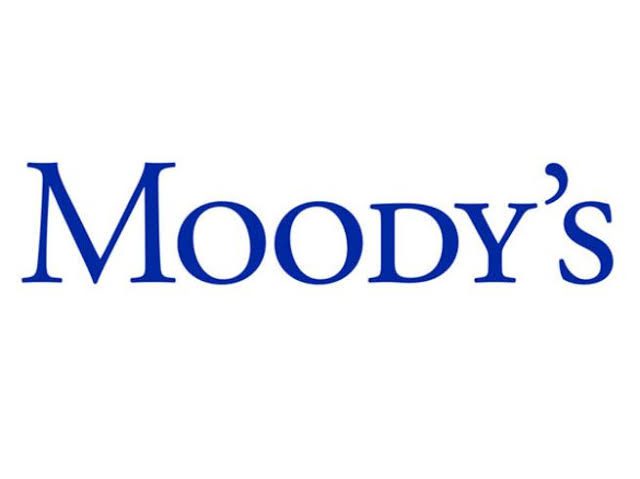Analysts at Moody’s which is one of the three big global sovereign credit ratings agencies, has warned that, the sharp increase in the Treasury’s borrowing from local banks, has exposed the Kenyan economy to tremors in the financial sector.
Commercial banks in Kenya have over the course of the past three years, amassed 1.509 trillion Kenyan Shillings worth of Treasury bills and bonds, a figure which is equivalent to 54.1 percent of the Kenyan government’s total domestic debt, which according to Business Daily Africa, was at 2.789 trillion Kenyan Shillings at the end of last week.
In reaction to the introduction of control on the cost of loans which was done in August 2016, Kenyan financial institutions built up their stock of the risk-free government securities.
The financial institutions protested at first, stating that the introduction blunted their ability to price-in borrowers’ default risk.
Government debt now accounts for 32.8 percent of commercial bank assets of 4.59 trillion Kenyan Shillings, compared to the 26.4 percent of 3.69 trillion Kenyan Shillings in bank assets, at the beginning of the rate cap in 2016.
The rapid build-up of short-term debt in form of Treasury bills has seen high volumes of quick-maturing debt pose a refinancing risk for the government at a time when tax revenue is struggling to hit target.
The build-up of this line of borrowing has partly been encouraged by the falling interest rates on government securities due to competition by banks to lend to the Treasury.
The Treasury bill rates have dropped to a current six year low of 6.6 percent for the three month (91 day) paper, 7.47 percent for the 82 day notes and 8.64 percent ( for 364 days).
Moody’s stated that, “Although this (rise in banks’ debt) demonstrates the system’s capacity to provide funding support to the government, an adverse shift in demand would intensify the government’s liquidity pressures.”
The credit ratings agency, added that, “In that respect, the June budget statement that was seeking to repeal the lending cap following a High Court ruling, increases the government’s re-financing risks.”
“That said, Parliament’s desire to retain the cap means any reversal or change to the law will likely be implemented in a gradual way to limit any negative impact on government financing.”
Kenya’s elevation into the lower band of middle-income economies through rebasing of the economy in 2014 meant that the country largely lost access to cheap concessional loans, forcing the shift to commercially priced syndicated loans and Eurobonds to finance budget deficits.
Commercial loans now account for 34.4 percent of total external debt, up from 6.4 percent in December 2013.
Moody’s in its report, has cautioned that this has increased exposure to shifts in global market sentiments and raised external financing costs that eat into the country’s dollar reserves.
Moody’s has also warned that mounting unpaid bills owed by the government to suppliers could potentially cause a systemic impact on the economy if they are not addressed.
The Lead Analyst of Moody’s for Kenya; Lucie Villa made it known that while the clearing of the unpaid arrears would stimulate the economy, the Treasury will still be required to dig deeper in order to clear the bills.




